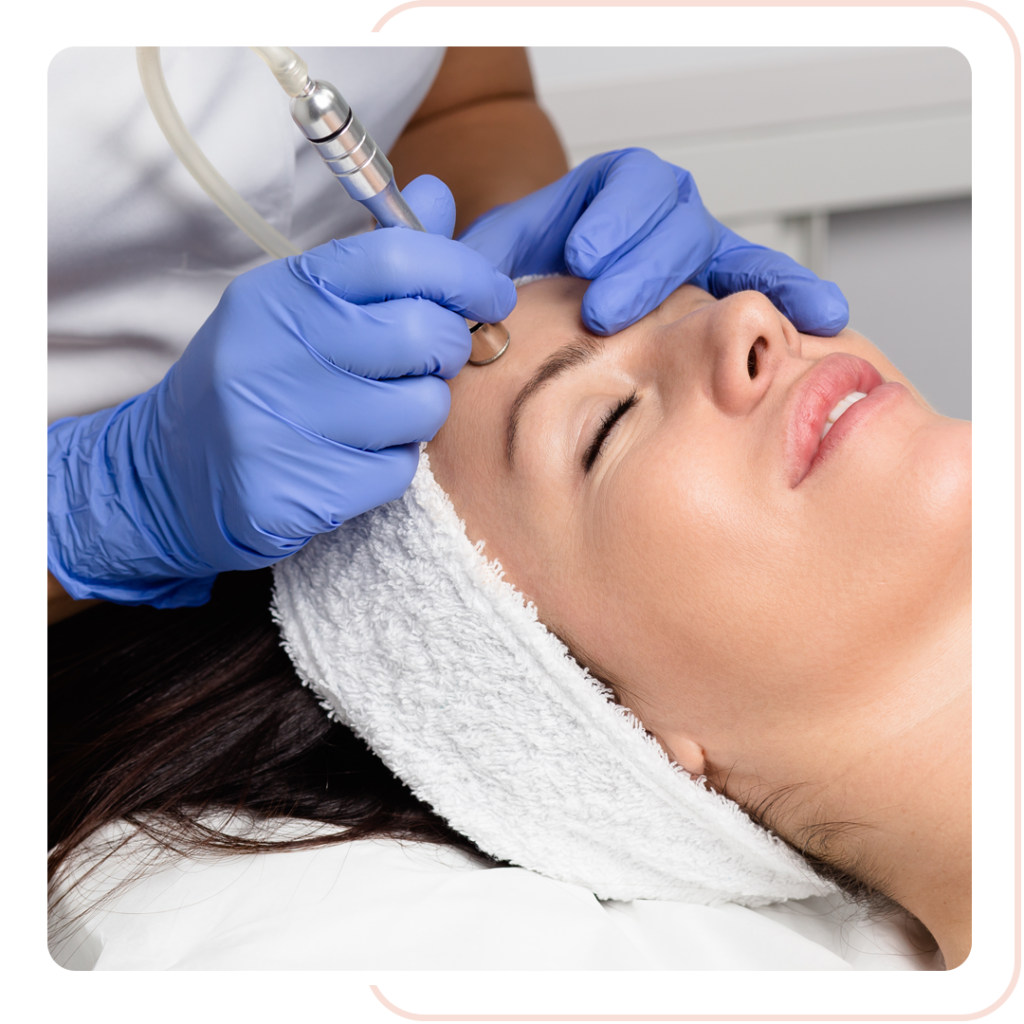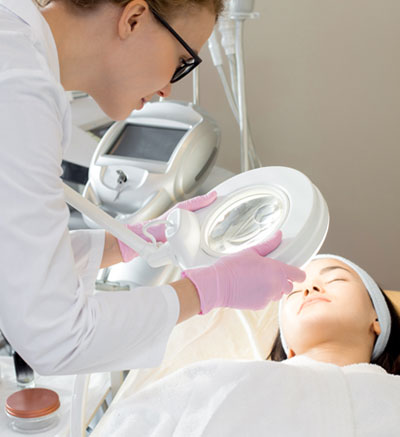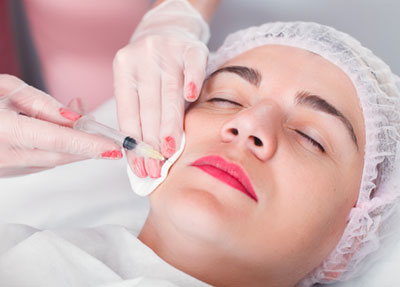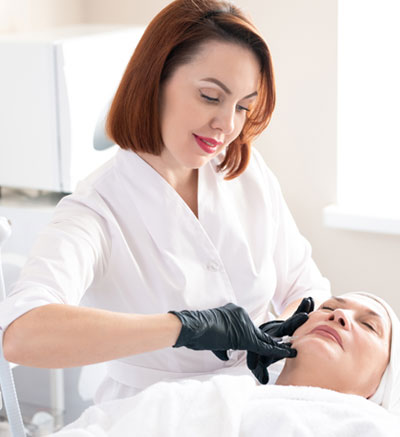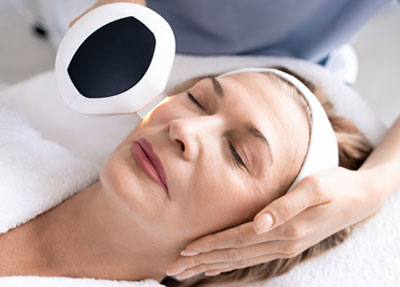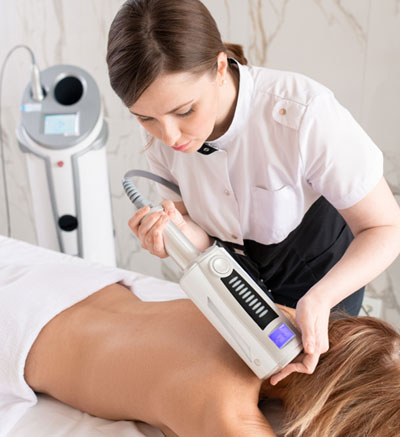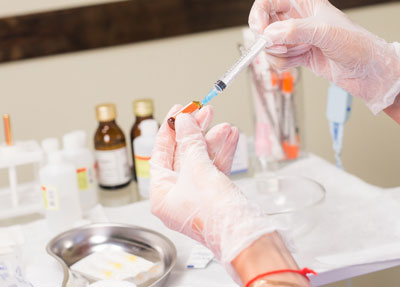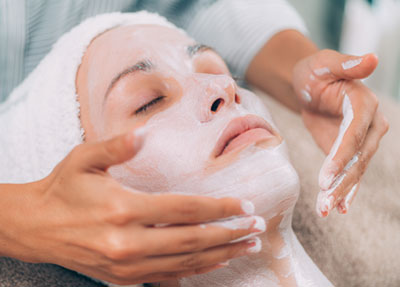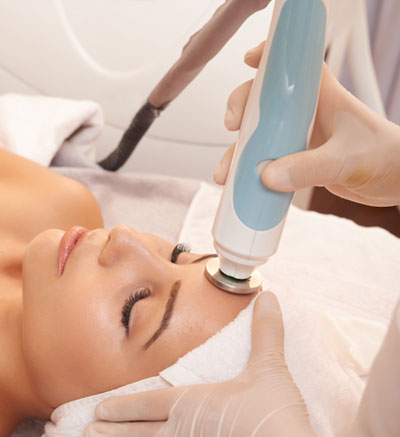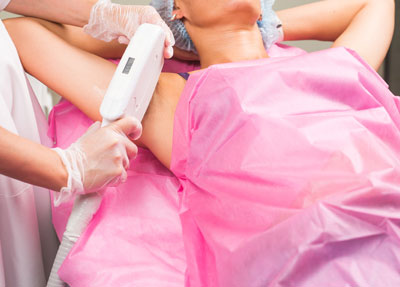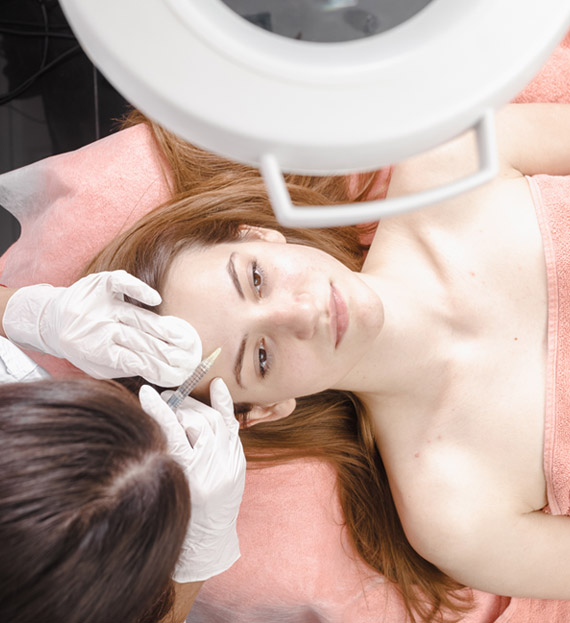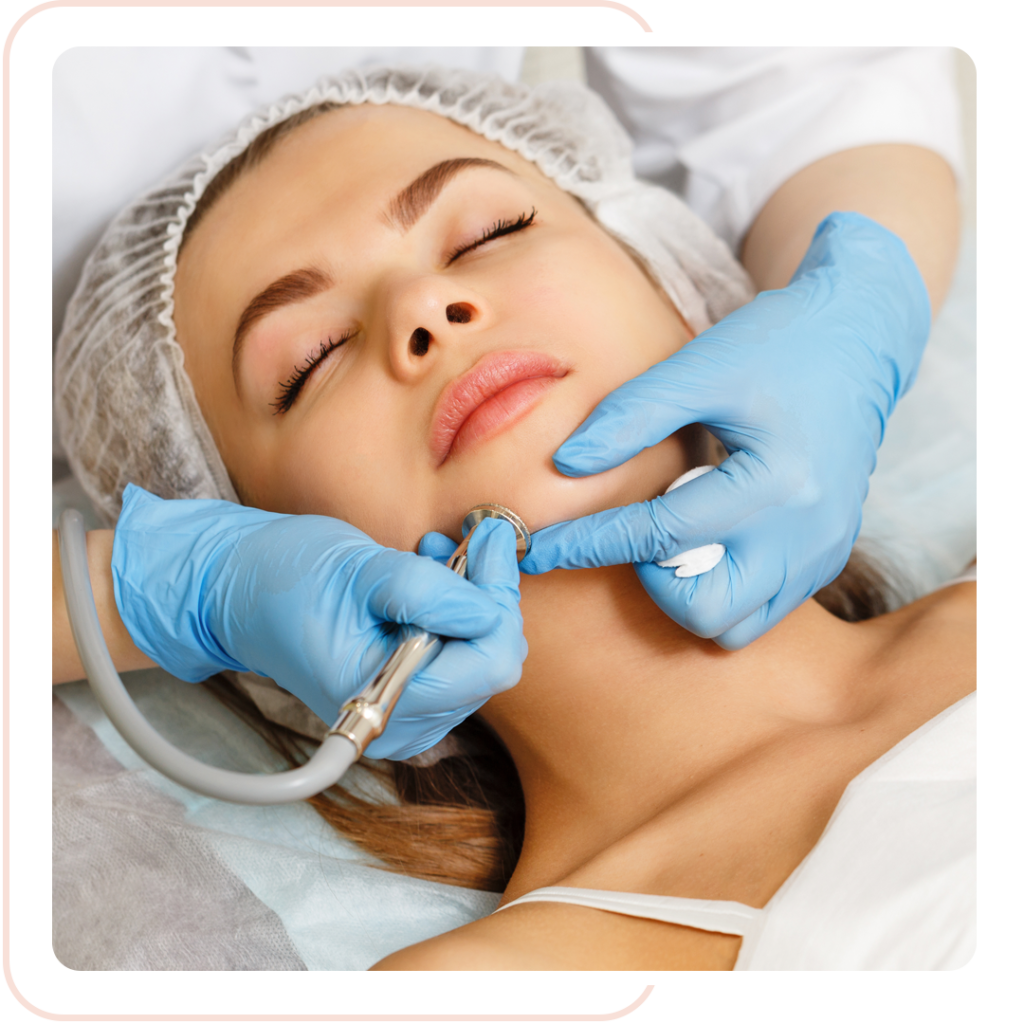
What Is Microdermabrasion?
Microdermabrasion is a dermatological procedure that gently removes the top layer of
skin. It is used to even out skin tones, fade acne scars, and brighten a dull complexion.
It can improve your skin’s appearance by gently removing the top layer of skin.
The procedure usually takes about 30 minutes. You may just have one session or up to 10 treatments scheduled four weeks apart.
Microdermabrasion should just feel like a gritty face massage or minor tugging. If it’s uncomfortable, let your technician know. Afterward, you may have some tenderness, swelling, or minor bruising. Remember to wear sunscreen afterward to protect your new skin.
What Are the Types of Microdermabrasion?
Microdermabrasion is a professional procedure that can be done by dermatologists or estheticians. There are two main types of microdermabrasion procedures—crystal microdermabrasion and diamond microdermabrasion. Both are used to exfoliate the skin thoroughly.
During crystal microdermabrasion, microfine crystals are shot from a small tube onto your skin and simultaneously vacuumed back up. Think of this as working like a high-powered scrub.
Diamond microdermabrasion is a crystal-free version that uses a diamond-tipped wand to exfoliate instead.
Both forms of microdermabrasion have many benefits. Just one microdermabrasion treatment leaves the skin feeling soft, smooth, and radiant. A series of treatments can improve skin’s texture and tone. It can also reduce fine wrinkles, sun damage, acne/acne scars, enlarged pores, and even stretch marks.
How Many Treatments Are Needed?
How many treatments you will need is completely dependent on what your end goal is. As a one-off spa treatment, a session will leave your skin looking bright and feeling buttery soft.
But if you’re looking for improvement of a specific skin problem, you really need a series of treatments to see any positive effects. The results you get from microdermabrasion are cumulative.
Generally, 8 to10 treatments are scheduled once per month. The number and frequency of treatments vary depending on your skin’s needs and your skincare goals. The technician doing your procedure will let you know the best treatment schedule for your specific situation.
Do not get microdermabrasion if you currently have:
- An active cold sore outbreak
- Moderate to severe acne
- An open wound or other skin irritation.
- A rash
- Rosacea
- A suspicious mole
- Sunburn
What should people expect before, during, and after microdermabrasion?
Generally, softer and smoother skin that feels fresher and more rejuvenated is the expected outcome after microdermabrasion. Before starting the microdermabrasion treatment, eye protection such as eye pads or goggles may be placed. Often the skin may be prepared and cleaned of makeup and oils. Yet, no local anesthetic is required. The skin will be stretched to provide some tension to achieve the most effective abrasion and vacuum. The handpiece is moved over the skin with repeated single, smooth passes. Usually, two to four passes per area are sufficient.
The mild pinkness of the skin is the desired outcome and usually resolves within minutes to hours after microdermabrasion.
In addition, mild exfoliation of the skin may occur as well. Continuously apply moisturizer or ointment if exfoliation occurs. Patients may also experience a mild sunburn-like sensation for a few days. Moreover, liberal application of sunscreen is recommended as photosensitivity may be increased after treatment.
Microdermabrasion may help stimulate the production of collagen, thereby helping skin rejuvenation. As age spots from photoaging and fine lines are diminished, the skin may become softer and smoother. The results are modest, however.



